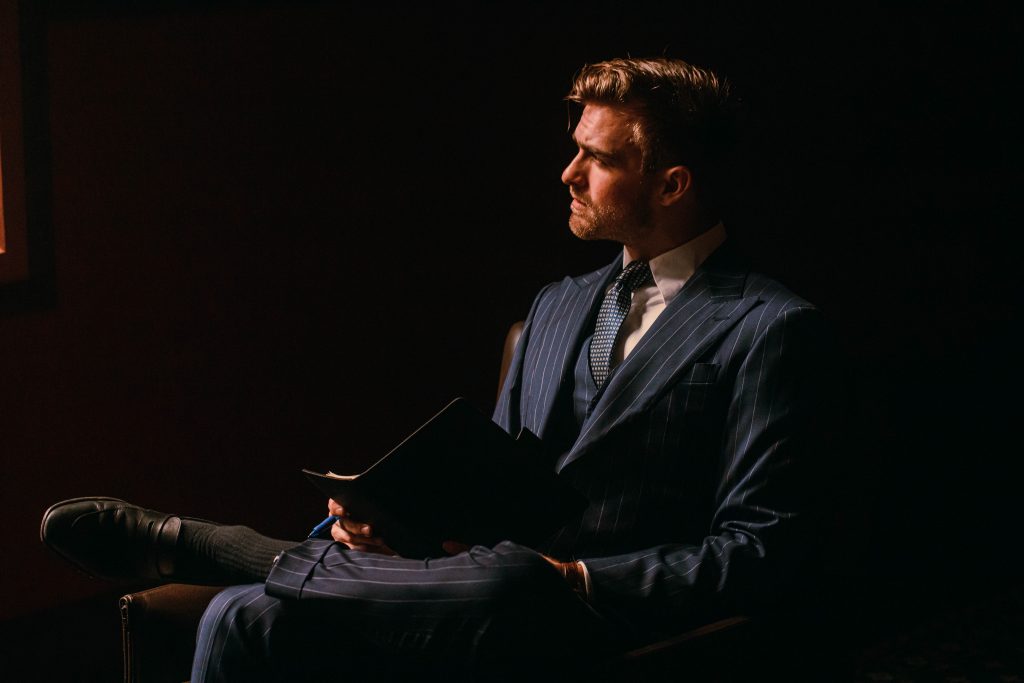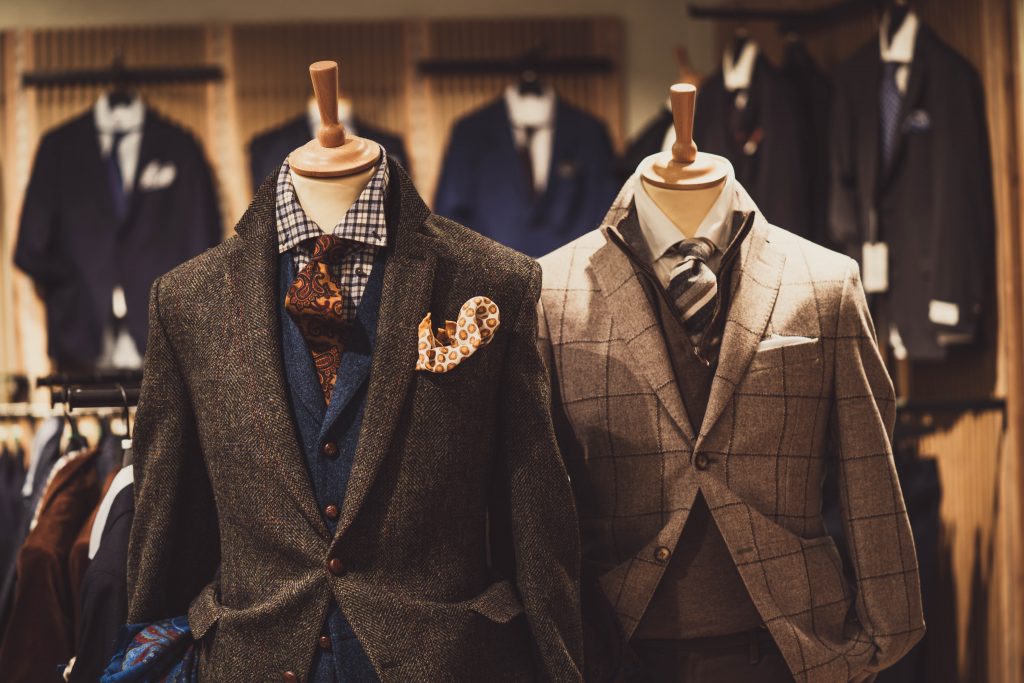Introduction
Nothing conveys sharp confidence like a man in a finely tailored suit. But merely owning nice suits is not enough—you must wear them with intention. Understanding fit, quality, combining colors/patterns, and styling suits for various occasions requires sartorial skill.
This comprehensive guide will explore expert techniques for selecting suits that reflect your best self. Learn insider tricks for nailing fit and identifying premium fabrics worth investing in. Read professional tips for creatively pairing suits with shirts, ties, and accessories.
Soon you’ll feel ready to suit up and command every room with an air of refined authority. So invest in quality over quantity, and learn how to unlock the full potential of your suits.
Brief History of Men’s Suits
Appreciate how the suit gained status over centuries:
- 1800s Military Uniforms – Uniform jackets and trousers evolved into precursor suits worn by gentlemen.
- Late 1800s Businesswear – Suits became everyday office wear signaling professional status. Striped trousers were popular.
- Early 1900s Tailoring Revolution – Innovations like natural shoulder suits and softer jackets modernized suits.
- 1970s Casualization – Cultural shifts prompted more creative suit pairings with bold shirts and accessories.
- Today – Suits remain icons of leadership and competence across industries when worn intentionally.
Understand this rich history, and gain confidence from joining great men in fine suiting.
Anatomy of a Suit
A proper suit consists of:
- Jacket – Structured tailored coat with lapels and sleeves.
- Trousers – Matching pants with a zip fly, belt loops, and pockets.
- Accessories – Complementing dress shirt, tie, shoes, belt, etc.
- Suit vs Odd Jacket – “Suit” refers to matching jacket and pants. “Odd jacket” pairs separately.
- Single vs Double-Breasted – Single breasted suits have one column of front buttons. Double-breasted adds a second offset button row.
Getting Properly Fitted
Ideal suit fit comes from:
Professional Tailoring
Work with an experienced tailor to achieve the best custom fit. Expect multiple rounds of alterations.
Key Measurement Points
You want meticulous measurements of chest, waist, inseam, arm length, shoulder width, neck, and more.
Trying on Multiple Sizes
Sample a range of suit sizes during fitting to identify the closest baseline size before tailoring.
Elements of a Sharp Suit
A refined suit has:
Flattering Silhouette and Break Points
The jacket and pants contour the bodyshape smoothly. Trousers break properly over shoes.
Quality Fabric and Construction
Invest in fine wools or cottons woven with attention to detail and sturdy craftsmanship.
Complementary Colors and Patterns
Suits paired with harmonious shirts, ties, and accessories project intentionality.
Dress Codes and Suit Styles
Adjust suit style based on formality:
Business Formal
Dark navy or charcoal suits with white dress shirts demand seriousness.
Business Professional
In conservative industries, stick to basic navy, gray, or black suits with subtle patterns or textures.
Creative Black Tie
Add flair with velvet dinner jackets, jewel-toned accessories, silk lapel flowers.
Destination Wedding
Lightweight linen, seersucker, or summer wool suits work in tropical locales.
Accessorizing Your Suit
Strategic accessories take suited looks up a notch:
Appropriate Shirt and Tie Combinations
Use color, pattern, and texture to coordinate shirts, ties, suits, and pocket squares.
Footwear
Opt for dark leather oxfords, monk straps, or loafers paired with matching leather belts.
Pocket Squares
Fold pocket squares neatly to add a dash of color and texture.
Watches, Cufflinks, Tie Bars
Metallic accessories provide subtle polish. Keep patterns and colors cohesive.
Advanced Suit Pairings
Creative pairings display style mastery:
Contrasting Jackets and Pants
Mix suit jackets with odd trousers like chinos, colored denim, or patterned pants.
Pattern and Texture Mixing
Pair dotted ties with striped shirts and houndstooth jackets to create visual interest. Just keep scales different.
Stretching Suit Separates
Break apart a suit to wear the unmatched jacket and pants as versatile separates.
Keeping Suits Looking Sharp
Maintain suits with:
Proper Hung Storage
Keep suits fully buttoned on wide cedar hangers to hold shape.
Steaming and Pressing
Frequently steam or gently press suits while hanging to prevent wrinkles.
Spot Cleaning and Stain Removal
Promptly treat stains by hand rather than fully cleaning to limit wear.
Regular Dry Cleaning
Dry clean suits as needed to refresh without overly stripping fabrics.
Conclusion
A man who understands how to buy suits that fit impeccably while incorporating them into harmonious outfits appears sharp, competent, and in control. Follow these guidelines to curate a quality suit collection and wear tailored suits with intention for any occasion. Your confidence will shine through.
FAQs
What color suit is most versatile for year-round wear?
A navy blue suit is universally versatile for its ability to pair with diverse shirt colors, patterns and accessories for any occasion or season.
Should I buy suits if I’ll mostly wear more casual sport coats and blazers?
Even if you’ll mostly sport odd jackets, one or two foundational suits in charcoal and navy are still handy for occasional formalwear needs.
What fabric holds up best in hot, humid climates?
Lightweight wool tropical suits resist wrinkles and breathe well. Linen suits wrinkle but stay cool in sweltering conditions. Light cotton suits work too.
Can I wear a dress shirt without a tie?
You can wear a suit jacket with an open collar shirt for business casual contexts but not with ties, which require a jacket.
Should I hang suits or fold them in the closet?
Hang suit jackets and pants separately on wide heavy hangers to allow air circulation and maintain the shape. Do not fold suits.



